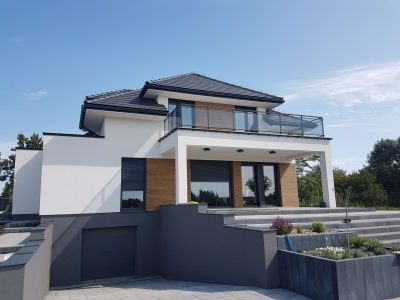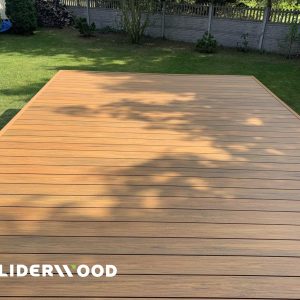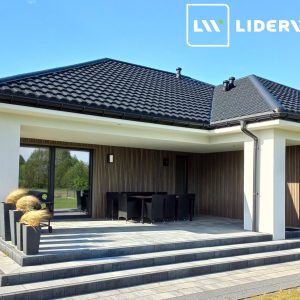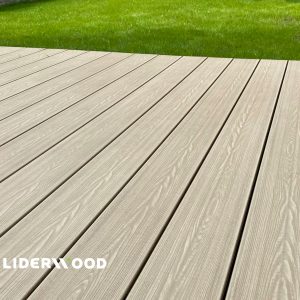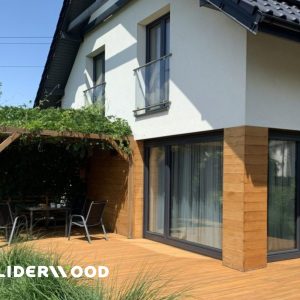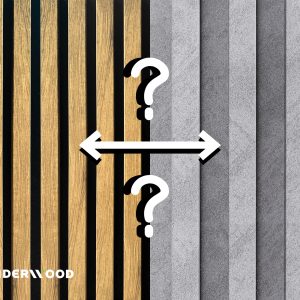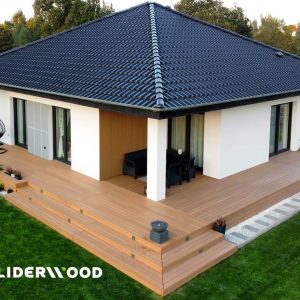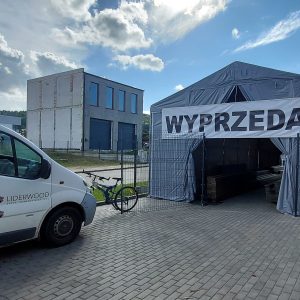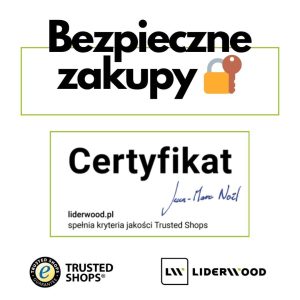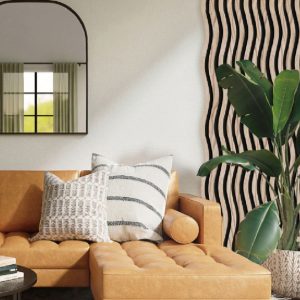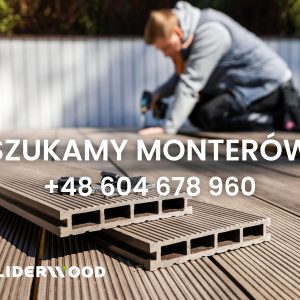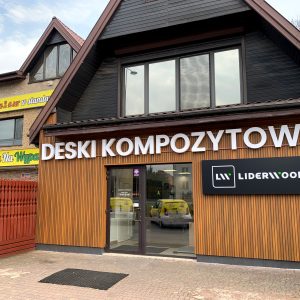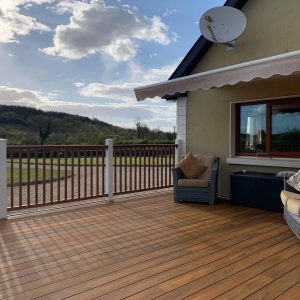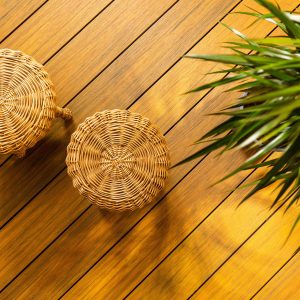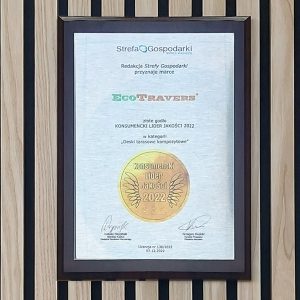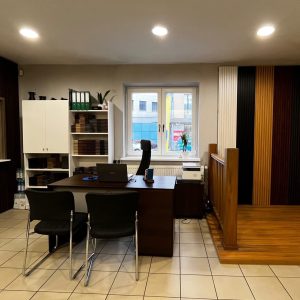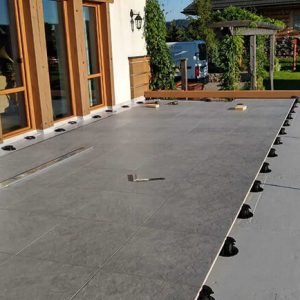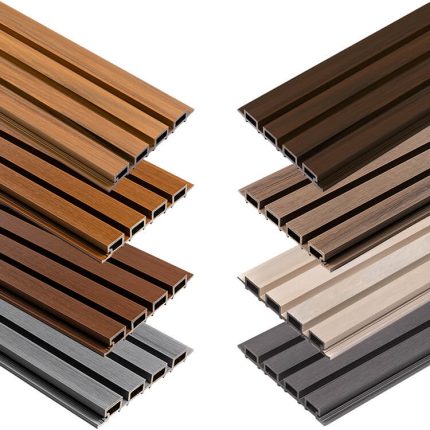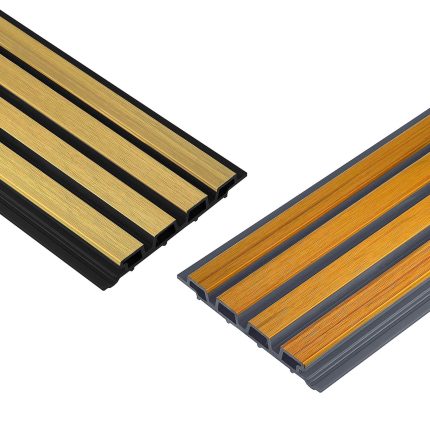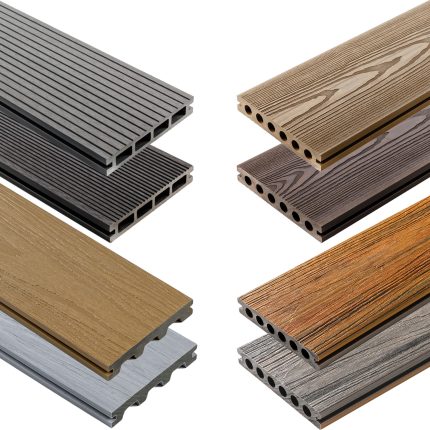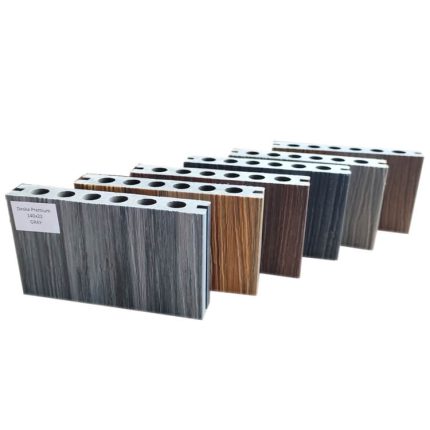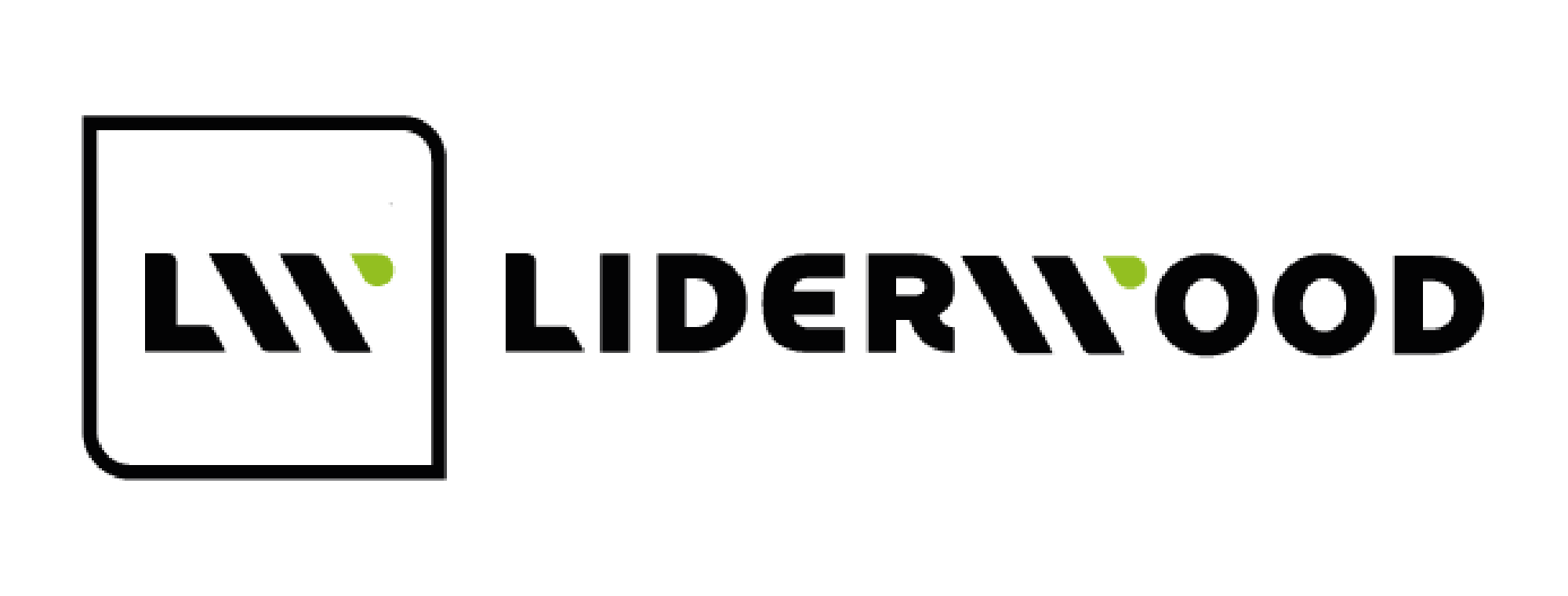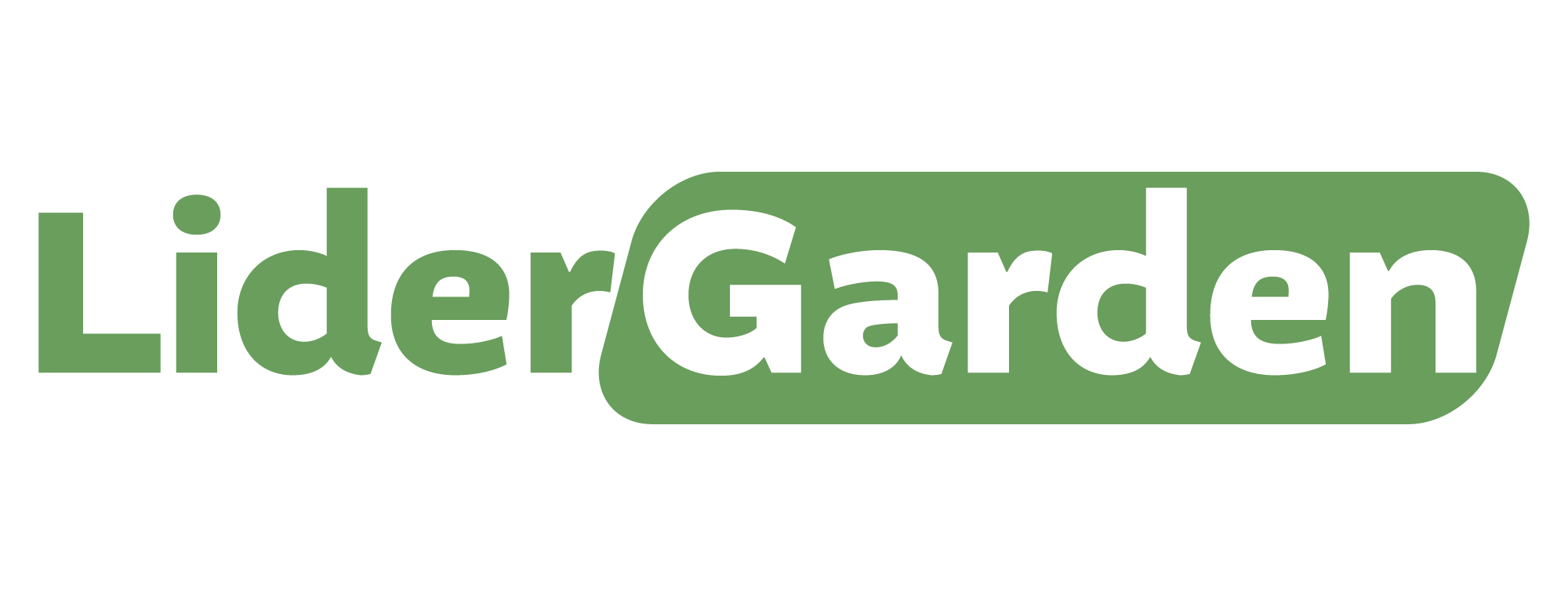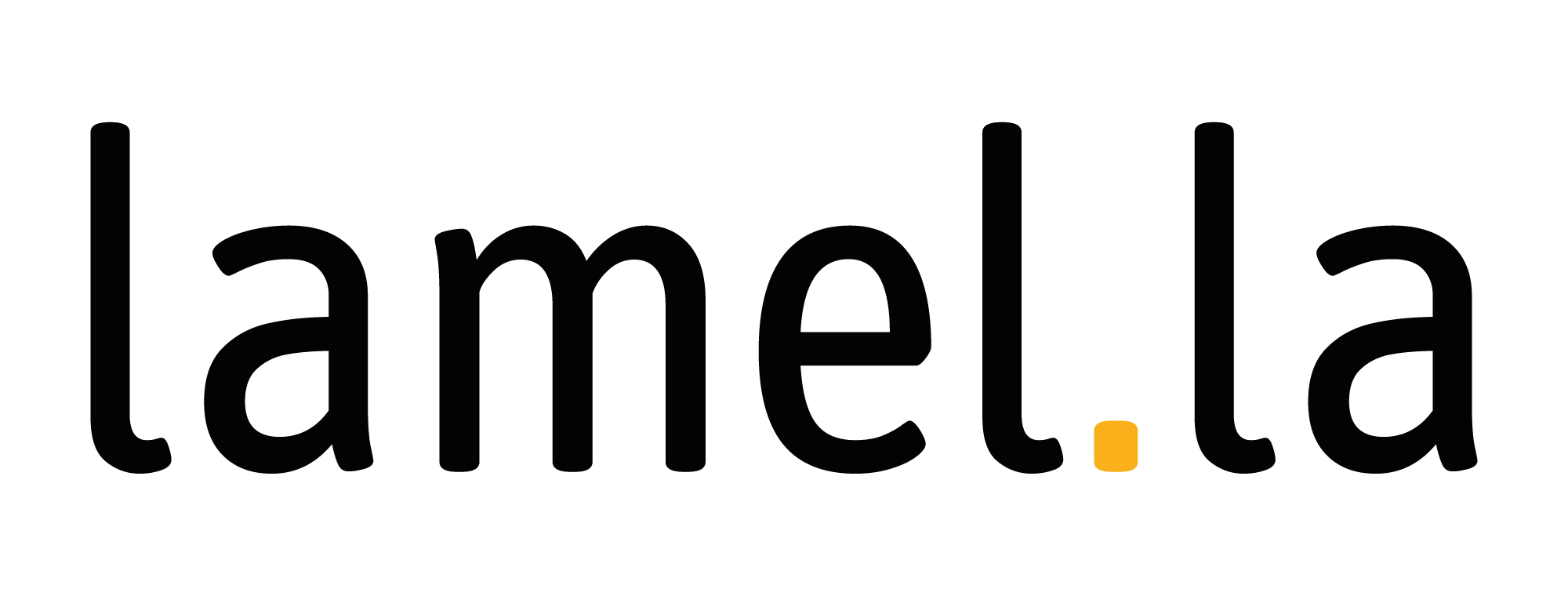Composite Cladding Boards – Are They Worth It? Comparison and Installation
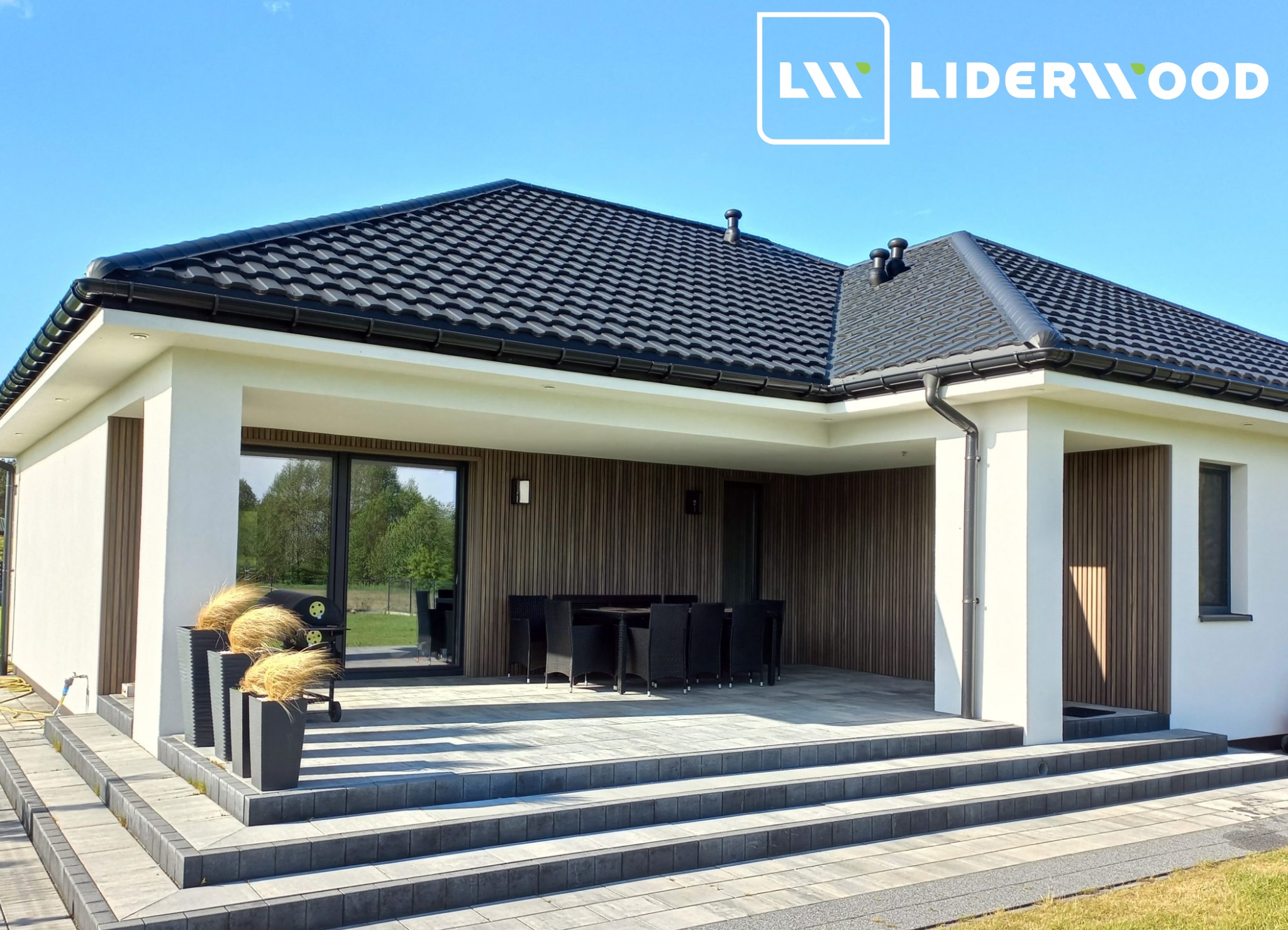
The façade is the first thing that draws attention – both from homeowners and passers-by. It not only serves as the face of the house but also as the first line of defense against weather conditions such as rain, snow, UV radiation, and temperature changes. It’s no surprise that more and more investors are choosing modern and durable solutions that not only look great but also perform well over the years without requiring constant maintenance.
Among the most popular finishing materials, composite cladding boards stand out – combining the elegance of natural wood with the durability of synthetic materials. This is a product that meets the key expectations of modern users: aesthetics, durability, ease of installation, and no need for impregnation.
But which composite board should you choose – Standard or Premium? Are they really worth the price? How are they installed, and what should you know before making a purchase? In this guide, we answer the most common questions and explain why a composite façade is one of the best solutions for a modern home.
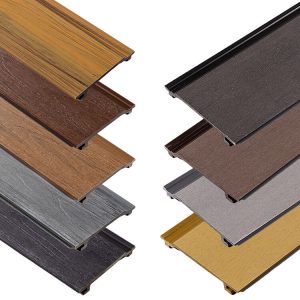
o
What is a Composite Cladding Board?
A composite cladding board is a modern solution that successfully replaces traditional wood in building façades. It is made from a technologically advanced mixture of wood flour (approx. 55%), HDPE polyethylene (approx. 35%), and stabilizing additives and pigments (approx. 10%). This combination of natural and synthetic components ensures:
- Long-term durability without the need for maintenance
- Resistance to UV radiation, moisture, mold, and insects
- A natural, wood-like appearance
- Resistance to cracking, warping, and delamination
Which Cladding Board to Choose?
Choosing the right type of composite cladding board is a key step when planning the appearance and longevity of your façade. At Liderwood, two variants are available: Standard and Premium – both tailored to meet different aesthetic and functional requirements. Below is a detailed description of each option:
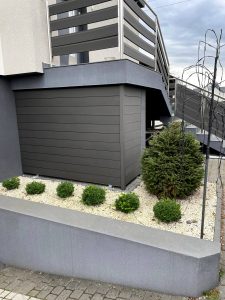
STANDARD Cladding Boards – Functionality and Minimalism
An ideal choice for those seeking a balance between solid quality and affordable pricing. STANDARD boards feature a simple, neutral design and very good resistance to external factors, making them perfect for large surfaces where consistency and functionality matter.
Technical Specifications:
- Thickness: 20 mm
- Width: 165 mm
- Length: 2.8 m
- Colours: Anthracite, Brown, Honey Teak, Light Grey
Key Features:
- Matte finish – no embossed texture, giving the façade a modern, minimalist appearance
- No 3D effect – smooth surface ideal for clean, geometric building shapes
- Excellent value for money – ideal for large-scale or budget-conscious projects
- Weather resistance – maintains colour and shape over time
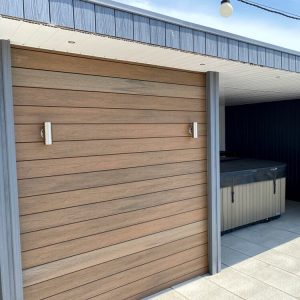
PREMIUM Cladding Boards – Aesthetics and Fine Detail
If you’re looking for a high-end visual effect with a clearly defined wood grain finish, the PREMIUM variant is the perfect solution. These boards are designed for feature façades that not only protect but also draw attention.
Technical Specifications:
- Thickness: 21 mm
- Width: 156 mm
- Length: 2.8–3.6 m
- Colours: Gray, Anthracite, Amber, Teak, Redwood
Key Features:
- Brushed surface with a tangible wood texture – creates a striking 3D effect that mimics natural grain
- Elegant appearance – pairs perfectly with large glass panels, steel elements, or textured plaster
- Weather resistance – retains depth of colour for many years
The choice between STANDARD and PREMIUM boards depends on your aesthetic expectations, project location, and budget. Both product lines ensure high quality, durability, and refined appearance.
What About a Slatted Façade Finish?
If you dream of a modern, elegant façade, composite slatted cladding boards are a perfect choice. This solution has gained recognition among designers and investors thanks to its exceptional visual appeal and practical benefits. Slats are narrow, profiled boards mounted vertically or horizontally, creating a rhythmic, organized surface. Their brushed texture mimics natural wood, while the precisely shaped profile gives the façade depth and a sophisticated 3D character.
In the Liderwood range, you’ll find several variants of composite slats to suit the style of your project:
Premium Slatted Cladding Board
If you’re aiming for a sleek and stylish façade, the Premium Slatted Cladding Board is an excellent choice. Its slim profile and refined finish perfectly imitate natural wood, while offering a level of durability that no organic material can match. Thanks to innovative embossing technology and a protective polymer coating, the board not only looks great but also resists dirt, color fading, and harsh weather conditions.
Advantages:
- Natural wood-like appearance
- Easy installation
- Maintenance-free – no need for treatment or painting
- Resistant to insects, mold, and fungi
- Will not rot or decay
Available colours:
Teak, Oak, Antique Oak, Winchester Oak, Antique, Ecru, Graphite, Silver Gray, White, 3D Amber, 3D Walnut
Dimensions:
Length: 290 cm | Width: 21.9 cm | Thickness: 2.6 cm
Premium DUO Slatted Cladding Board
If you want your façade to stand out with a bold, modern character, the Premium DUO line is the perfect choice. This unique solution features a contrasting design – the raised surface of the slats is coated in one colour, while the recesses between them remain black. The result? A deep, three-dimensional look and an elegant rhythm that catches the eye and gives the façade architectural edge.
With its slim profile (just 13 mm thick), it offers a lightweight, contemporary appearance that also makes installation faster and helps reduce project costs. DUO slats are light and don’t burden the structure, yet retain all the premium-performance characteristics.
Advantages:
- Dynamic visual effect with strong colour contrast
- Subtle yet expressive design
- Slim profile – only 13 mm thick
- Quick installation and lower installation costs
- Maintenance-free
- Resistant to moisture, mould, fungi, and insects
Available colours:
Khaki Oak / Black, Light Oak / Black, Orange Teak / Black, Redwood / Black, Teak / Black
Dimensions:
Length: 290 cm | Width: 17.6 cm | Thickness: 1.3 cm
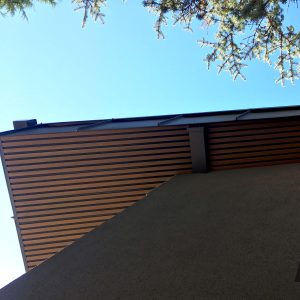
Premium Trapez Slatted Cladding Board
These boards stand out with their unique trapezoidal profile and bold colour design – the surface of the slats is uniformly coloured, while the grooves between them are black. This contrasting effect gives the façade depth and a distinctive character, perfectly complementing modern architectural styles. Their easy installation and slim thickness make this solution time-efficient and cost-effective, without compromising aesthetics or durability.
Advantages:
- Modern trapezoidal profile with contrasting finish
- Deep, three-dimensional visual effect
- Resistant to weather conditions, fungi, and insects
- Maintenance-free – no painting or treatment required
- Quick and easy installation
Available colours:
Light Oak / Black, Orange Teak / Grey
Dimensions:
Length: 290 cm | Width: 21.9 cm | Thickness: 2.6 cm
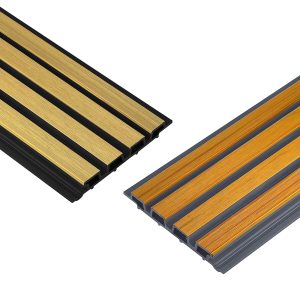
How to Attach a Composite Cladding Board to the Wall?
Installing cladding boards – both classic and slatted – requires precision, proper surface preparation, and the use of appropriate mounting accessories. Regardless of the selected board type, the key is to build a stable supporting structure and follow several important rules:
- Acclimatization: Leave the boards and profiles on-site for at least 24 hours before installation to equalize their moisture and temperature.
- Surface Preparation: Boards are installed on joists (e.g. 20×40 mm or 30×50 mm) spaced no more than 350 mm apart. The substructure is fixed to the wall using quick-mount dowels.
- Cutting and Drilling: Use a fine-tooth saw or a diamond blade. Drill holes with a 3 mm drill bit and countersink them with a conical bit to prevent cracking.
- Board Installation:
- For full cladding boards, use stainless steel starter and mounting clips – the tongue-and-groove system ensures stability and a clean finish.
- Composite slats are screwed directly into the joists, with appropriate spacing and installation direction.
- Expansion Gaps: Leave at least 10 mm between the board and the wall and allow 2 mm per linear meter between consecutive boards.
- Ventilation: Maintain a minimum 20 mm ventilation gap between the cladding and the wall – this is crucial for façade durability.
- Installation Conditions: Work should only be performed at temperatures above 5 °C and in dry weather.
🔗 See also:
What Should Be Installed Under a Cladding Board?
Whether you’re installing classic composite cladding boards or Premium, DUO, or Trapez slats, the durability and appearance of the entire façade system depend on a properly constructed substructure. In the case of façades installed on insulated walls, a proven layer system should be used to ensure proper ventilation and building insulation.
Recommended Substructure for Composite Cladding:
1. Steel Angles + Composite Joists
-
Joists are mounted to the wall using steel angles.
-
For classic cladding boards – spacing every 350 mm.
-
For slatted cladding boards – spacing every 500 mm.
-
Angles are fixed directly to the wall, creating a load-bearing frame for joist installation.
2. Thermal Insulation
-
Fill the space between the angles with insulation material, e.g. mineral wool or EPS, with thickness adapted to the project.
-
This improves the building’s thermal performance and reduces energy loss.
3. Breathable Membrane
-
A vapour-permeable membrane is applied over the insulation layer.
-
It protects against external moisture while allowing the wall to “breathe” – letting water vapour escape from inside.
4. Joist Installation
-
Joists are placed over the membrane and screwed into the previously mounted steel angles.
-
This ensures structural integrity, ventilation, and secure attachment of the cladding boards.
What About Finishing Accessories?
-
At windows and doors, use masking trims and wooden mounting blocks.
-
At corners, boards are cut at a 45° angle, and finishing strips are mounted every 350 mm, leaving expansion gaps.
Thanks to this layered construction, the façade not only looks clean and modern, but it’s also resistant to moisture, temperature changes, and mechanical damage.
Its great advantage lies not only in durability but also in ease of use – with no need for regular maintenance. If you’re looking for a façade that will last for years and retain its appeal, composite cladding is absolutely worth considering.
➡️ Explore our cladding board collection!
📞 Contact our advisor or visit the Liderwood showroom!


